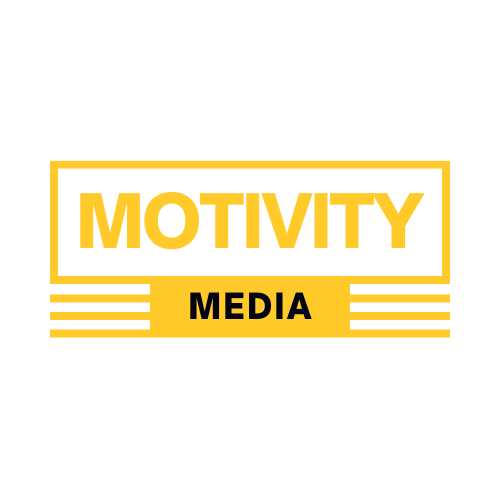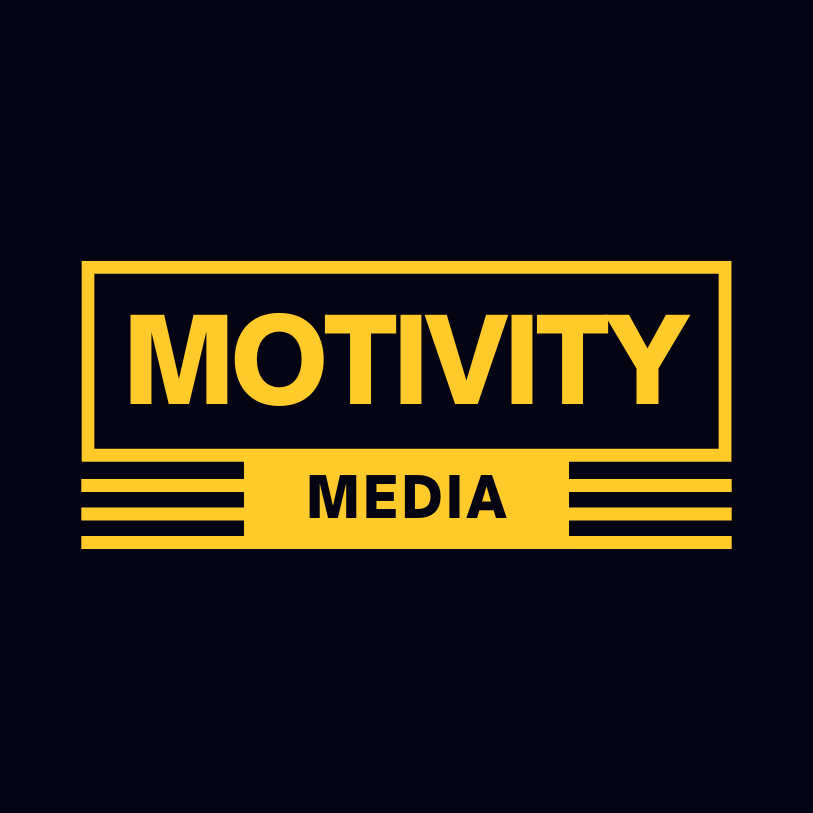
Organizational Strategic Plan
Why Plan?
Yes, planning can be tedious and tiring, yet it is a key success factor in all organizations that is often misunderstood, misapplied, or ignored. Coordinated planning aligns all individual efforts with the organization's purpose to avoid efforts outside the organizational purpose's scope.
What follows is a straightforward, proven process that will help you align the elements of your organizational vision, providing you and your colleagues with a framework for accomplishing your shared vision, mission, and goals.
Eight Steps
Think of a plan as these eight interdependent steps toward an outcome. Don’t worry; we will provide a template to guide your planning.
Step 1: Purpose Oriented
Orient your planning around the purpose of your work. We will define purpose as your organization's mission and vision. This purpose should guide every part of your plan. Please don’t include anything in your plan unless you can directly tie it back to your organizational purpose.
Step 2: Describe Your Area of Responsibility
Think about the people you are called to serve. Perhaps they are defined by a demographic, interest, or a particular need. This is the target audience you will direct your efforts toward. Be specific in your definition so that your efforts are highly targeted. If you serve more than one group or need, that may require a different plan.
Step 3: Expected Outcomes
You must have an end in mind. Where are you going? That destination should inform your journey toward that outcome. Is it a particular behavior, practice, or action change you desire? Describe it in enough detail that you know when you have arrived at your desired outcome.
Step 4: Environment of Service
As you work with your identified target audience (step 2), what challenges do they face? What problem or need do they experience that you are trying to address as your organizational purpose? What external factors are contributing to this problem or need? Describe the circumstance in which you will serve to your target group.
Step 5: Take Action
Now comes the fun part. You know who you are targeting with your plan, understand the environment in which they face challenges, and see what you want to accomplish. Now it’s time to decide what to do about it. You will likely want to take multiple actions to achieve your desired outcome. Think of each action as the moving force to accomplish your goal.
Step 6: Define Your Milestones
Milestones are another way of describing important events that can be placed on a calendar as a reminder to take essential actions. They can be the estimated date of an event or the completion of an important step. Converting your actions into calendar items at the end of your planning process will help you move forward methodically.
Step 7: Define the Metrics
Think of metrics as how you will measure your impact on your target audience based on their response to your offering. A metric might be a goal for attending an event, the number of participants taking a course, or purchasing services or products from you. Metrics are visible signs that can be shared with others that you are progressing toward your stated outcomes.
Step 8: Identify Your Resources
Most organizational efforts require money and people. What are your estimated expenses and paid personnel to accomplish your actions (step 5)? Every plan must balance the cost of pursuing the goal with the results of the actions. For a plan to be approved, the cost must be understood. This section will allow you to easily translate your organizational plan into a budget when it is time.
Template
Below we’ve provided you with a template to use when completing and submitting your plan for approval.


